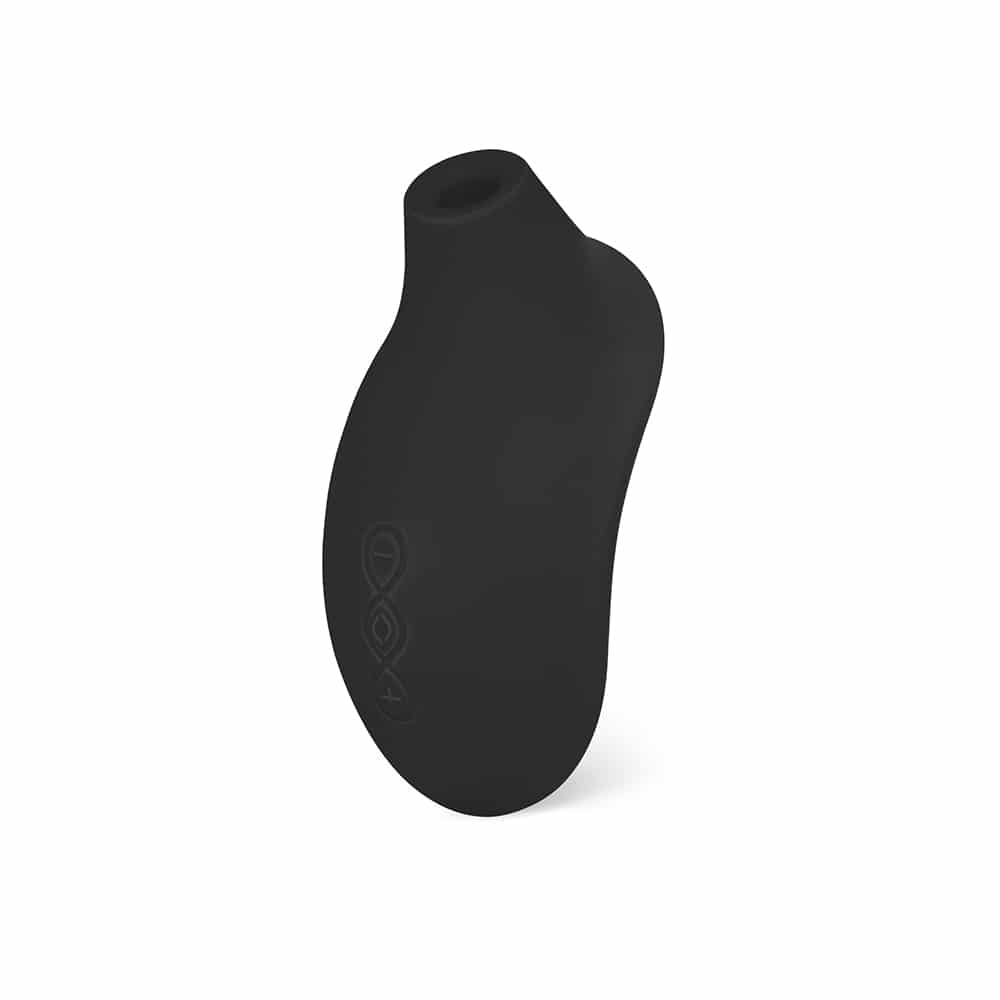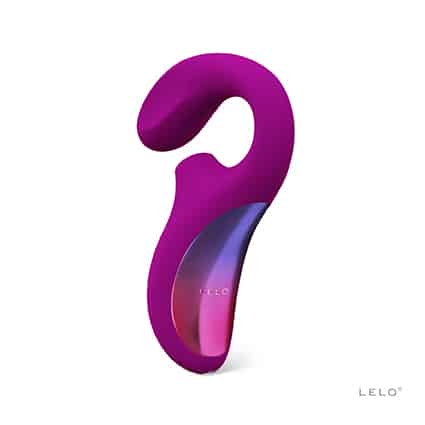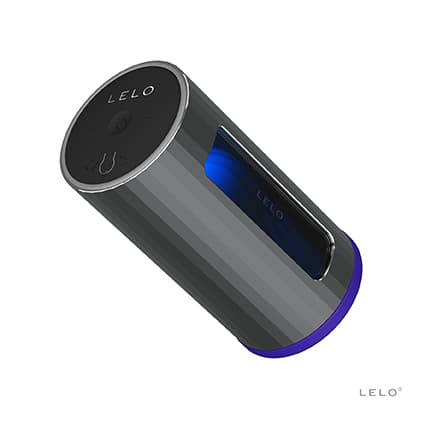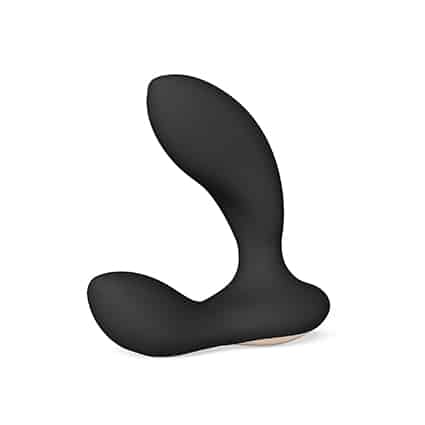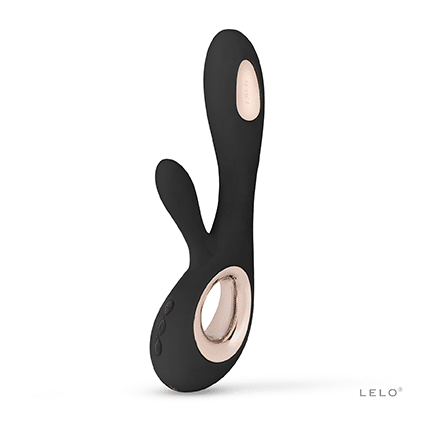Knowing how to clean sex toys is an essential part of owning pleasure products. While it might not be the sexiest part of owning a vibrator, stroker, or butt plug, proper sex toy hygiene is necessary since these items come into direct contact with bodily fluids. And while you’ve probably been told that any soap and warm water will do the trick, that’s a common myth. Not all soaps are created equal, and sometimes, introducing deeper cleaning methods can act as an added precaution to help protect against infections and toy damage.
What Soap Does (and Doesn’t) Do
Soap is effective in washing away residue, fluids, and surface-level dirt. But it doesn’t necessarily get rid of viruses, bacteria, or fungi. What you see as a thorough cleanse can still leave behind microscopic residue. For most non-porous toys made of metal, silicone, or glass, gentle, scent-free soap can help keep toys fresh between uses. But it can also degrade certain materials, damaging your sex toys in the long term and leading to issues like cracking, peeling, or stickiness if you don’t adopt proper hygiene practices.
When Soap Alone Isn’t Enough
In certain circumstances, soap and water alone aren’t enough. Here are some examples of when you might need to take some extra steps to ensure your sex toys are as clean as possible:
When Playing with Porous Materials
TPE (which many strokers are made of), jelly, latex, and rubber sex toys. People love these toys for their soft squishiness, but they’re technically porous materials, meaning they’re filled with little holes that we can’t see. That means they risk holding on to bacteria even after a wash with soap and water, which can lead to irritation or infections in the future. As a result, they might need extra care, whether that’s using specialty cleaners designed for sex toys or taking added precautions like boiling them, if the material permits it.
After Anal Play
The rectum is full of gut bacteria, including E. Coli, Salmonella, and other microorganisms. Not sure how to clean sex toys after anal play? Because this form of sexual activity introduces additional risks, anal toys need special attention and soap isn’t enough. There are a few ways that you can disinfect these toys, including hydrogen peroxide, boiling (only for non-electronic toys without motors), and using sex toy disinfecting sprays.
If You’re Sharing Toys
Sharing toys between partners or in group settings increases the risk of cross-contamination and the transfer of bacteria or fluids, making sanitizing adult toys especially crucial. Using a condom over toys is best practice in this environment, but even so, not all the potential pathogens will be eliminated. Use non-porous materials that can be easily sterilized. Between partners, disinfect toys either by boiling if they don’t have a motor, or using sex toy cleaners before rinsing.
Using Toys with Crevices or Textures
Sex toys that contain design details like grooves, ridges, or nubs are created to enhance sensation, but they also collect more residue, making the cleaning process a bit more complicated. Soap might miss these hard-to-reach areas, leaving behind fluid and bacteria. Knowing how to clean sex toys with added details can require deeper scrubbing with the help of a toothbrush or dedicated toy brush to get into all the nooks and crannies. After washing with soap and water, you may also want to finish off the rinse with an antibacterial toy cleaner.
What To Use in Addition to Soap for Proper Cleaning
Let’s talk toy cleaner vs soap and water: soap is perfect for a basic wash, but toy cleaners ensure deeper sanitation, making them one of the best options for safely killing bacteria on sex toys. These cleaners, often available in spray and foam versions, are versatile for all materials and safe to use daily. But what’s the difference between disinfecting vs cleaning? The following options are known as deep cleaners, but they shouldn’t be used on porous materials.
Hydrogen Peroxide (3%) is also a safe disinfectant for non-porous toys and is one of the top toy cleaning solutions after anal play or sharing devices. Remember to rinse with warm water afterwards. It’s better to wipe toys down with a damp cloth that has the solution rather than soak them in it unless the toy is advertised as 100% waterproof.
The next option is isopropyl alcohol (70 %+), which can be used on hard, non-porous materials. Alcohol wipes can occasionally be used on medical-grade silicone, but over time, they can cause the silicone to dry out and degrade, so they’re better as an occasional deep cleaner. Finally, one of the best sterilization methods is to submerge non-electronic glass, metal, and silicone toys in boiling water for three minutes. This can only be done on toys without a motor or batteries.
Best Cleaning Routine for Maximum Hygiene
Step 1: Thoroughly wash your toy with warm water and mild soap to remove lubricant, bodily fluids, and any other surface-level grime.
Step 2: Add disinfection methods based on the material and the sexual activity it was used for, disinfecting with toy cleaners, alcohol wipes, or hydrogen peroxide.
Step 3: Rinse completely and either air dry or dry with a cloth before storing safely.
Common Mistakes To Avoid
The first mistake in learning how to clean sex toys is assuming that soap alone can remove all bacteria buildup. While soap can remove residue on the surface, it doesn’t always kill bacteria, viruses, or fungi that can remain present. While sex toy cleaning sprays are non-toxic disinfectants that are safe to add on at any time, think of hydrogen peroxide and alcohol as deep cleaning measures. When you do use soap and water for daily cleaning, avoid harsh soaps at all costs. Strong detergents, antibacterial hand soaps, or products with dyes and fragrances can both irritate your body and break down materials like silicone or rubber over time.
Don’t forget to disinfect (i.e, do more than soap and water) after sharing toys or using them for anal play, which are both considered high-risk activities that require extra cleaning measure. Lastly, a common slip-up is not drying toys properly before storage. Storing damp toys can trap moisture, encouraging bacteria or mold growth.
Why Going Beyond Soap Matters
Soap and water are a good start to sex toy hygiene. However, this is often just a starting point in your routine. By disinfecting sex toys according to material (and drying toys properly after use), you’re protecting your body and your toys for years to come.
What’s your current cleaning routine like? If it only involves a quick rinse between uses and you think it might use an upgrade, take a look at one of the best sex toy cleaners on the market at LELO.


